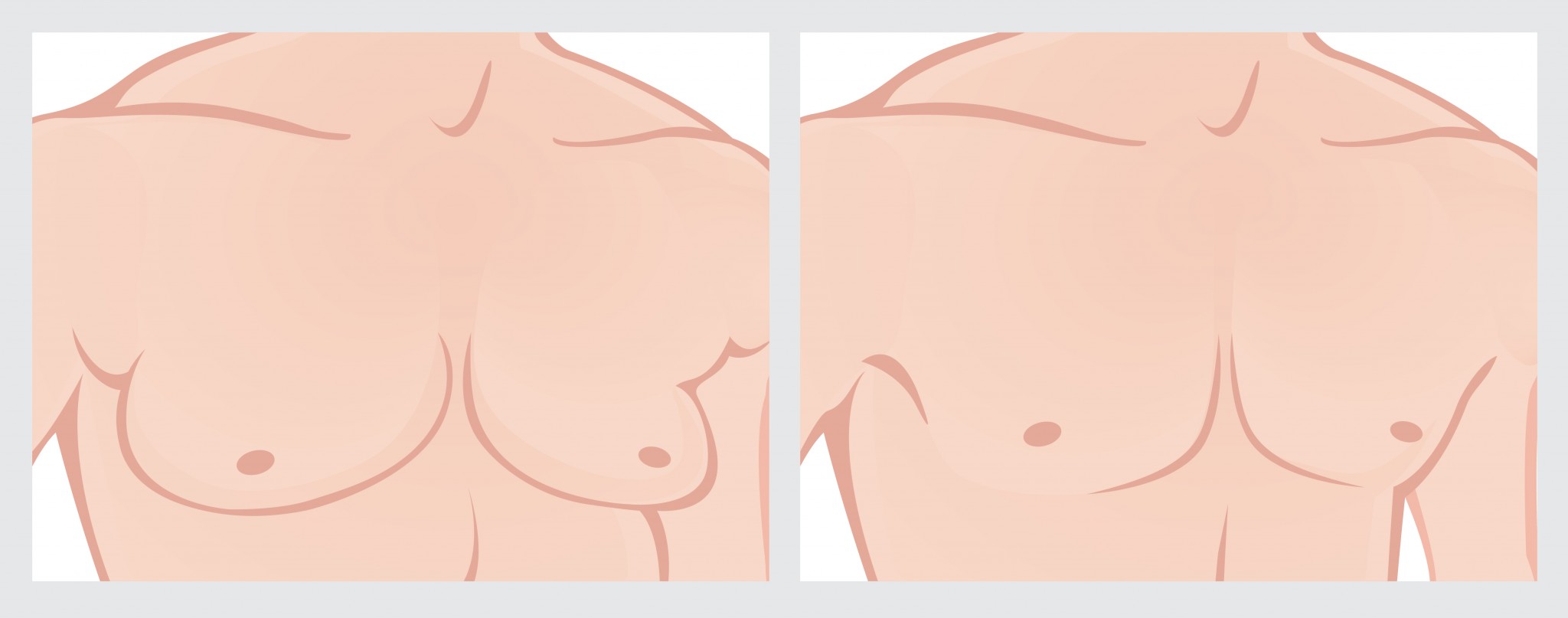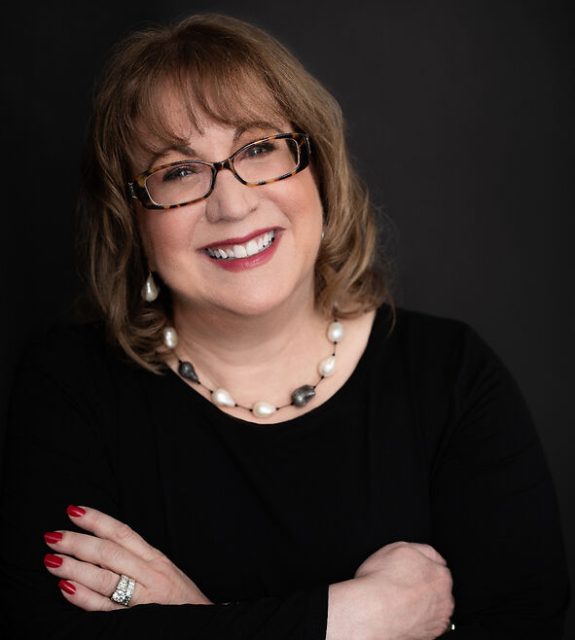
As October marks Breast Cancer Awareness Month, Haute Beauty sproke to Dr. Kamakshi R. Zeidler, aesthetic breast surgeon who treats numerous breast cancer patients, to learn more about breast reconstruction, the misconceptions around it, women's empowerment and the celebration of breast cancer survivors.
How is breast reconstruction due to cancer different from traditional breast augmentation? At what stage of recovery, can women consider breast reconstruction?
Breast reconstruction is part of a spectrum of procedures I commonly perform on the breast. Traditional breast augmentation can be simple if the changes the patient is looking to implement are not dramatic ones. Complexity can increase if patients are looking to revise a prior augmentation surgery. Breast reconstruction often takes place after a mastectomy or when a patient is looking to correct a prior breast reconstruction that did not turn out well. As opposed to augmentation, breast reconstruction is more complex due to the amount of tissue that is removed. Additionally, because the tissues are so fragile, multiple surgeries are often needed to be done in different stages. Ultimately, similar techniques are employed in both augmentation and breast reconstruction to achieve the same beautiful aesthetic results to help women feel comfortable and confident in their own skin.
It is a common misconception that women have to wait until after all of their cancer treatment to begin reconstruction. Immediate reconstruction is the standard, and although there are often several steps, the first and most important one is done at the same time that a mastectomy is done. This means women wake up from surgery with the process started, and it has a tremendously valuable positive psychological impact.
What are some of the misconceptions about breast reconstruction?
There are many misconceptions about breast reconstruction. The most prevalent misconception is that it is just done on young people who care about their sexuality. This could not be further from the truth. In fact, I have patients in their 90s that have done breast reconstruction for the ease of having symmetry and the ability to feel normal wearing clothes.
The other big misconception is that we should accept less than ideal results. Many women come in telling me they feel guilty for wanting to make their breasts look better because they feel they should just be happy to be alive. Quality of life is important and I tell my patients if you think about your breasts everyday in a negative way when getting dressed or looking at yourself in the mirror, then now is the time to do something about it. I have never met a patient that could not have something done to make an improvement.
Finally, a lot of patients say that they do not need reconstruction because either they have a significant other who loves them, they are in a committed relationship, their partner doesn't care and/or they do not consider themselves as vain. I assure my patients that breast reconstruction has nothing to do with any of these things. Women undergo reconstruction for a number of reasons - to feel happy when they see their naked bodies in the mirror, to avoid huge scars that can be a daily reminder of cancer, to feel good about getting dressed every day in whatever they feel like wearing, to feel sexy and be confident when it comes to being naked and sexual intimate - these are all so important to enjoying a good quality of life. Women often say that having breast reconstruction helps them feel normal again and, in fact, many women often forget that they even had breast cancer for days and even weeks at a time.
How has the field evolved and what are the latest advances in breast reconstruction surgery? What types of breast reconstruction are available and how do they differ?
This field is so exciting and as a total addict to technology and innovation, I have been lucky enough to be at the forefront of it all. In fact, these latest innovations and techniques will be featured at an annual event I put on every year called BRA Day 2017.
The main type of breast reconstruction uses breast implants and about 75% of women choose this procedure since it is easier and the results have improved significantly in the last decade. It is usually done in two stages because the skin is sensitive and needs to be careful shaped by a temporary device called a tissue expander, which stretches the skin into shape before a second surgery is done to change this for an implant.
This particular field has so many advances. Right now, there are two new tissue expanders on the market. The first one has been developed by AirXpanders. This unique implant requires no needles and women use a remote control to allow the slow release of air from inside it, which provides them with control, comfort and convenience. The other AlloX2 tissue expander from Sientra has a built-in drain allowing surgeons to treat fluid buildup from surgery without the need for more surgery.
Other advances in the breast reconstruction industry include Novadaq's fluorescent imaging system called SPY which allows doctors to see the blood flow in the skin thus guiding our surgical technique to ensure that we achieve the best results. In addition, other new instruments such as Invuity's special lighted retractors make nipple sparing mastectomy safer and allow hidden incisions to be made in the fold under the breast. Finally, breast implant manufacturers Sientra, Allergan and Mentor all have new implants available that are optimized for breast cancer patients undergoing reconstruction. Sientra offers a nice line of anatomically shaped implants and Allergan provides nice, extra high-profile implants that are needed in reconstruction. Both companies offer a variety of implants in the new 5th generation silicone gel - colloquially known as "gummy bear" implants. This cohesive gel maintains its shape and is more resistant to rippling, which can be a problem in patients with breast reconstruction because of the amount of tissue that is removed.
Finally, the biggest change in breast reconstruction is the ability to put implants over the muscle with the use of tissue matrix. There are many brands of tissue matrix on the market today but I am particularly excited about new matrices that are being improved and strategically engineered to meet the need of breast reconstruction. When implants are placed over the muscle, it makes both the recovery and the long term results much more comfortable Women say they prefer this because they can avoid muscle movement causing their breast to move and wrinkle up in weird ways when exercising and during intimacy. Across the board, women say that implants above the muscle feel more like real breasts.
Aside from breast implants, the other type of breast reconstruction is called autologous reconstruction where a large block of tissue is moved based on a blood vessel up to the chest to reconstruct the breast. This is most commonly done from the abdomen - much like a tummy tuck. Other areas that can be used are the inner thighs and the buttocks. These surgeries are long and require more recovery which is part of why only 25% women choose this option.
Finally, fat grafting is an important part of every procedure I do. It is a technique that fills in indentations from lumpectomies, thickens the tissue over implants, adjusts the differences in breast size and sometimes can be used over and over again to completely reconstruct breasts. I have had a number of patients who do not want implants and who do not want to undergo major surgery and so choose several rounds of this to create breasts entirely from their own fat! The most important thing when it comes to fat grafting is purifying the fat before it is injected. The best system for doing this is a new technology called Puregraft which is a simple filter used in surgery and within 15 minutes the fat is processed for long term predictable results.
You recently organized a photo shoot of breast cancer survivors – could you talk about the experience?
BRA Day 2017 Photo Shoot is a very special day! I love watching women go through the surgical process from diagnosis, to planning, to preparing, to having the surgery, recovering and coming through on the other side. Throughout this journey, I am always looking for signs that my patients are getting back to feeling good. I love it when they are at the stage in which they come into my office wearing makeup, having their hair done and/or in a new outfit. These are all good indicators that my patients are feeling better and recovering well. Personally, these little signs provide a parallel of what reconstruction is all about - quality of life, feeling confident, feeling beautiful and feeling sexy.
This is what the photo shoot is about. Each year I assign a unique theme to this photo shoot. One year everyone picked a word and enacted it. Last year we did a boudoir theme, which some patients really enjoyed and I loved seeing how empowering it was for them. This year’s theme centers around fashion. I love for my patients to get pampered and feel like celebrities as they are getting their hair and makeup done. My photographer, Nate Fong, was great at getting patients to come out of their shell and I am thrilled with the beauty he was able to capture in each patient's photos.
In the end, this event is less about the photos that are created and more about the experience these patients have getting to know one another though a common bond by doing something really special and fun. I want to extend a huge thank you to companies, Sientra and AirXpanders, that I have done clinical research with and year after year support this fun event.

You are to soon host the sixth annual Breast Reconstruction Awareness Day – what would the event entail and what is its importance to you and the community?
BRA Day 2017 is one of the highlights of my year. This inspirational event is focused on the education and support of women dealing with breast cancer and most importantly to make them aware of the many breast reconstruction options available post diagnosis. All proceeds will benefit Cancer CAREpoint where I sit on the Board of Directors, and it is a non-profit organization that provides personalized counseling, assistance, resources and education to all Silicon Valley cancer patients, families and caregivers. At the event, I will be sharing compelling information about the latest breast cancer statistics/research, while attendees will also have the opportunity to see some of the new technological advances in breast reconstruction through demonstrations. Dr. Pamela Munster, Professor of Medicine and the Co-Program Leader for UCSF’s Center for BRCA Research, will be giving a special update on the latest research and advancements for treating patients with breast cancer gene mutations. BRA Day 2017 will also include a creative decorated bra contest that will be presided by celebrity judges including Olympic and World Cup Champion Brandi Chastain and renown dermatologist, Dr. Amelia Hausauer who recently joined my Aesthetx powerhouse team. In addition, the event will be highlighted by photos of breast cancer survivors taken at the recent photo shoot that I organized for my breast cancer patients.
 Dr. Zeidler practices in Silicon Valley, Northern California, and specializes in all types of breast surgery. She is known for blending traditional cosmetic and reconstructive techniques together to achieve beautiful natural results.
Dr. Zeidler practices in Silicon Valley, Northern California, and specializes in all types of breast surgery. She is known for blending traditional cosmetic and reconstructive techniques together to achieve beautiful natural results.
View her profile and contact her here.
Images courtesy of Dr. Zeidler























